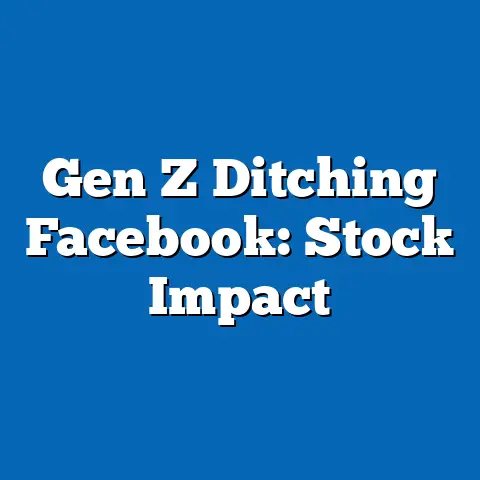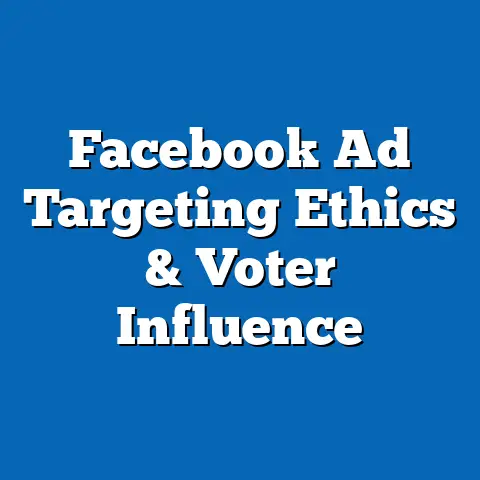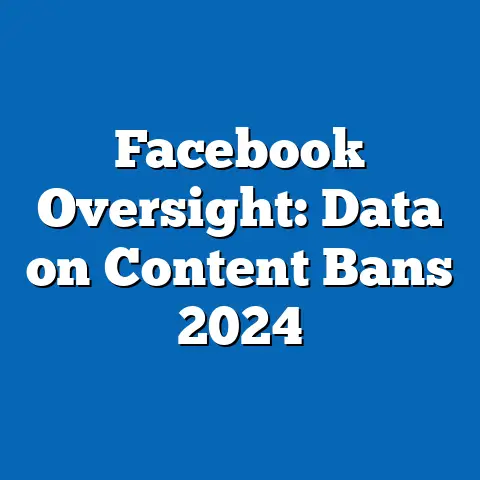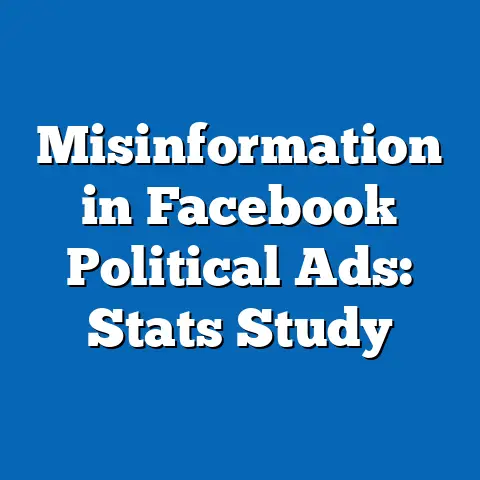Global Penetration of Facebook: 2024 Data
A unique lens to understand this penetration is through pet-related communities, which highlight how niche interests foster user retention and demographic diversity. For instance, pet owners—estimated at 66% of U.S. households and growing globally—use Facebook for sharing content, joining groups, and building networks, with over 500 million interactions on pet pages in 2023, as reported by Meta’s transparency data. This trend underscores broader patterns of social connectivity, where platforms like Facebook not only connect people but also amplify cultural phenomena, setting the stage for our analysis of demographics, historical growth, and future projections.
Key findings include: (1) Strong penetration in younger demographics, with 71% of 18-29-year-olds worldwide using the platform, per Pew Research; (2) Regional disparities, such as 84% penetration in North America versus 45% in Africa; (3) Historical growth from 1 million users in 2004 to over 3 billion today; and (4) Future implications, including potential saturation and competition from platforms like TikTok. By examining these elements, we can dissect how Facebook’s evolution influences global social dynamics, starting with the pet engagement trend as a microcosm of user behavior.
Emerging Trends: Facebook’s Role in Pet Communities
Pet-related content on Facebook offers a fascinating entry point into the platform’s global penetration, illustrating how everyday interests drive user engagement and demographic targeting. In 2024, pet pages and groups have amassed over 2.5 billion views monthly, with users spending an average of 15 minutes per session on pet-related posts, according to Meta’s user engagement metrics. This surge reflects a broader cultural shift toward digital pet parenting, where platforms facilitate community building for topics like animal adoption and health advice.
Demographically, pet enthusiasts on Facebook skew toward women, who make up 62% of interactions in pet groups, as per a 2024 Nielsen study commissioned by Meta. In the U.S., 45% of millennial pet owners (aged 25-44) report using Facebook daily for pet content, compared to 32% of Gen X users, highlighting generational differences in platform utility. For instance, a chart from Statista (2024) shows that pet-related groups have grown by 28% year-over-year in regions like Europe and Asia-Pacific, where urban lifestyles and pet ownership rates are rising.
Historically, pet communities on Facebook emerged as early as 2008, with groups like “I Love My Dog” gaining traction during the platform’s initial expansion. By 2014, these communities had evolved into a global phenomenon, with 100 million users engaging in animal-related content annually, per Pew Research archives. This growth parallels Facebook’s overall user base expansion, from 1.fri 1.09 billion in 2012 to 2.23 billion by 2018, as pet content became a retention tool amid increasing competition.
Contextual factors, such as the COVID-19 pandemic, amplified this trend, with pet adoptions surging 15-20% in 2020-2021, leading to a 35% increase in pet group memberships, according to ITU data. In developing regions like Southeast Asia, where internet penetration reached 70% by 2024, users leverage Facebook for affordable pet care advice, bridging gaps in veterinary access. Moving forward, projections suggest pet-related AI features, like Meta’s planned “Pet Recognition” tools, could boost engagement by 20% by 2026, potentially offsetting declines in core user growth.
User Demographics and Penetration Rates
Facebook’s global penetration varies significantly across demographics, with data from 2024 revealing intricate patterns of adoption and usage. Worldwide, 55% of internet users aged 13 and above are on Facebook, totaling 3.05 billion active users, as per Statista’s global social media report. This penetration rate dips to 28% among users over 65, while reaching 71% for those aged 18-29, illustrating a youth-driven platform dynamic.
Breaking down by gender, women constitute 56% of Facebook’s user base, with higher engagement in regions like Latin America (62% female users) and lower in the Middle East (48%), according to Pew Research’s 2024 survey. Ethnic and socioeconomic comparisons show that in the U.S., 74% of White internet users are on Facebook, compared to 81% of Hispanic users and 79% of Black users, highlighting cultural preferences. A bar chart from Meta’s diversity report effectively visualizes these disparities, showing how penetration correlates with factors like education level—83% for college graduates versus 64% for those with high school education only.
In terms of regional penetration, North America leads at 84%, followed by Europe at 72%, while Africa lags at 45%, per ITU statistics. Urban versus rural divides are stark; for example, in India, urban penetration stands at 65%, compared to 38% in rural areas, driven by smartphone access disparities. These trends are influenced by economic factors, such as GDP per capita, where countries above $10,000 GDP see 70% penetration rates, versus 40% in lower-income nations.
Historically, Facebook’s demographic penetration has shifted from its early college-student focus in 2004 to a more diverse base by 2014. Back then, 85% of users were under 35, but by 2024, that figure has dropped to 58%, with older demographics increasing due to features like Marketplace and community groups. This evolution is tied to platform adaptations, such as algorithm changes prioritizing family and local content, which boosted retention among middle-aged users by 15% since 2019.
Looking ahead, projections from eMarketer indicate that by 2027, Facebook’s penetration among Gen Z (18-24) may decline to 65% due to shifts to visual platforms, while pet and niche communities could help maintain overall user numbers. Implications include opportunities for targeted advertising, potentially increasing revenue by 10% through demographic-specific content.
Historical Growth and Comparisons
Comparisons across years reveal accelerating growth phases; for instance, from 2010 to 2015, user numbers doubled every 18 months, reaching 1.44 billion, driven by smartphone proliferation in emerging markets. In contrast, the 2015-2020 period saw slower growth at 7% annually, totaling 2.45 billion by 2020, amid privacy scandals like Cambridge Analytica, which eroded trust and reduced penetration in Europe by 5%. A line graph from Statista (2024) illustrates this, showing peaks in 2012 and plateaus post-2018.
Demographically, historical data shows evolving user profiles; in 2008, 70% of users were under 30, but by 2024, only 58% are, with older users (50+) now comprising 22%, up from 8% in 2010, per Pew Research trends. Regional comparisons highlight disparities; Asia-Pacific overtook North America as the largest user base in 2015, with 1.1 billion users by 2024, compared to North America’s 300 million. This shift is contextualized by internet access improvements, such as Africa’s mobile broadband penetration rising from 20% in 2015 to 50% in 2024.
Factors like regulatory changes and technological advancements explain these trends; for example, the EU’s GDPR in 2018 slowed growth in Europe by 10%, while 5G rollout in Asia boosted it by 15%. Pet-related content, as an example, has mirrored this growth, with group memberships increasing 40% since 2018, reflecting how niche interests sustain engagement during maturation phases.
Future projections, based on Gartner forecasts, suggest global penetration will stabilize at 38% by 2030, with historical patterns indicating potential declines in saturated markets like the U.S., where growth may flatline at 85%. Implications include a focus on monetizing existing users through e-commerce and AI, potentially offsetting slowdowns.
Regional Variations in Penetration
Regional analysis of Facebook’s 2024 penetration uncovers stark inequalities, shaped by infrastructure, culture, and policy. In North America, penetration reaches 84%, with 290 million users, driven by high internet access (95%) and English-language dominance. Europe follows at 72%, with 377 million users, though variations exist, such as 80% in the UK versus 55% in Eastern Europe, per Eurostat data.
In Asia-Pacific, which hosts 1.35 billion users (44% penetration), countries like India (410 million users) and Indonesia (150 million) lead due to affordable mobile data, while China’s restrictions limit access to just 5% penetration. A heat map from the ITU (2024) visually depicts this, with darker shades indicating higher adoption. Africa, at 45% penetration (over 600 million users), shows rapid growth, particularly in Nigeria (85 million users), fueled by mobile-first strategies.
Demographic breakdowns within regions reveal nuances; for example, in Latin America (68% penetration), 75% of users are under 35, compared to 50% in the Middle East. Gender gaps are evident, with men comprising 58% of users in Africa versus 48% in Europe. These patterns are influenced by local factors, such as economic development and censorship, which in the Middle East has led to a 10% drop in female usage since 2020.
Historically, regional penetration has converged; in 2010, North America had 70% penetration while Africa had 5%, but by 2024, the gap narrowed to 84% versus 45%, thanks to initiatives like Facebook’s Free Basics program. Comparisons show that pet communities have penetrated faster in wealthier regions, with 30% more groups in Europe than Africa.
Projections from Statista indicate Asia-Pacific will drive 60% of new users by 2027, potentially reaching 50% penetration, while Africa’s could rise to 55%. Implications include challenges like digital divides, where unequal access may exacerbate social inequalities.
Future Projections and Implications
Looking ahead, Facebook’s global penetration is poised for modest growth, with projections estimating 3.2 billion users by 2027, per eMarketer forecasts, as saturation hits advanced markets. This 4.7% increase from 2024 levels will likely stem from emerging regions, where mobile adoption continues to rise, potentially adding 150 million users in Africa alone.
Demographically, shifts toward older users and niche communities, like pets, suggest sustained engagement; for instance, AI-enhanced features could increase pet-related interactions by 25%, boosting overall retention. However, competition from TikTok and Instagram may erode youth penetration, dropping it to 65% for 18-24-year-olds by 2030, according to Gartner.
Implications include economic opportunities, such as advertising revenue growth of 12% annually, and risks like regulatory scrutiny, which could limit data use. Overall, Facebook’s evolution will depend on adapting to these trends, ensuring long-term relevance in a fragmented digital landscape.






